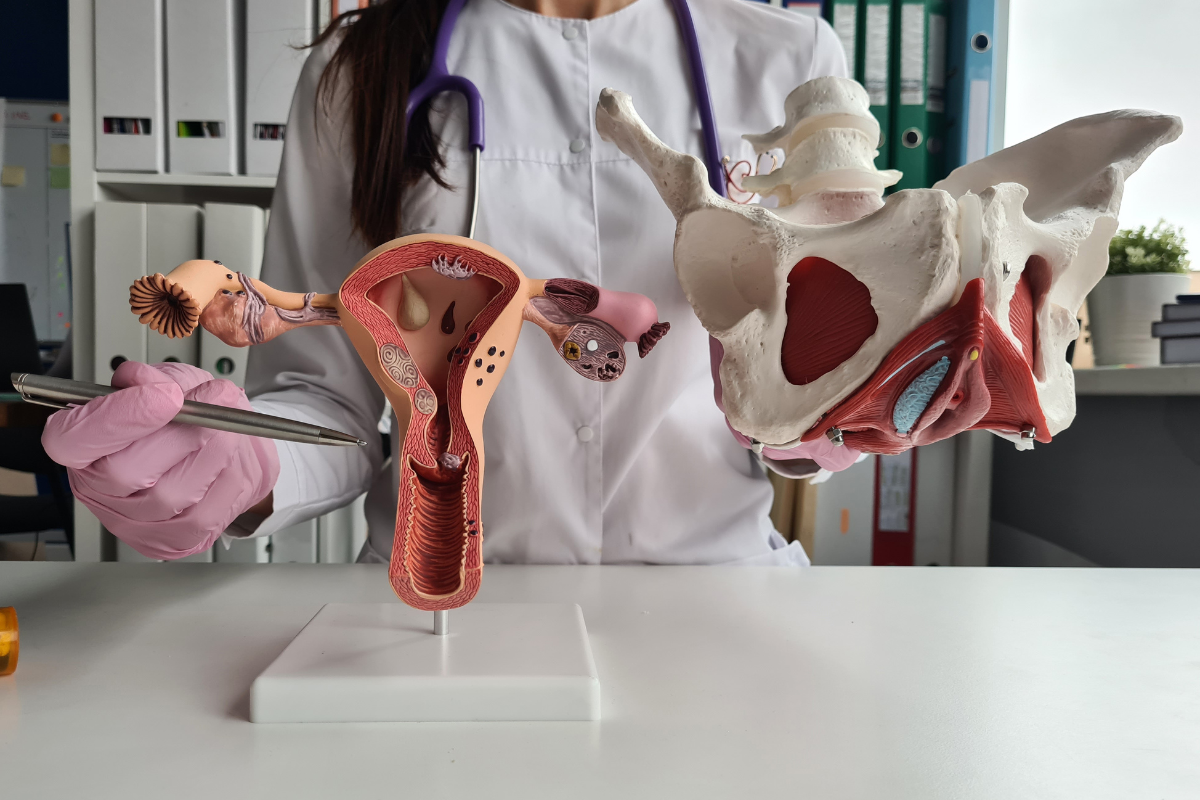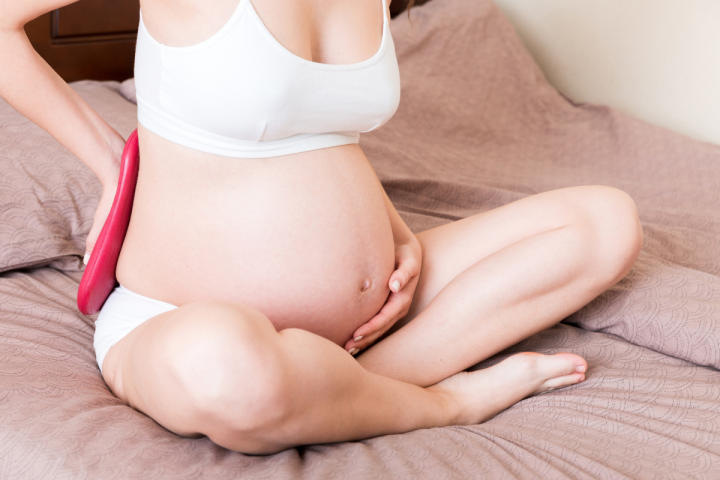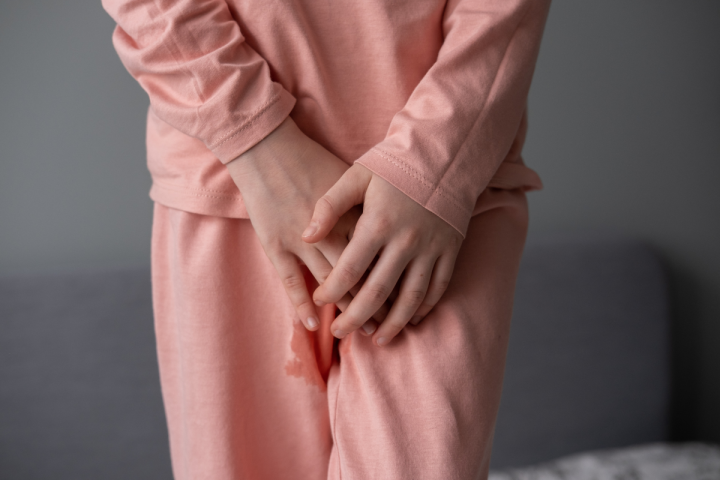The intimate sphere is a significant area of life for both women and men. It has a significant impact on the overall quality of daily life. Lack of satisfaction with intercourse is a common problem in many relationships, both long-term and short-lived. More and more people are becoming aware of the crucial role of sexual health and are seeking professional assistance in dealing with possible complexities in this area. Urogynaecological and urological physiotherapy, as a field of rehabilitation, deals comprehensively with urogenital problems in both women and men. Enjoy your intimate life with urogynaecological physiotherapy!
Physiotherapy and intimate life
Scientific research clearly confirms that sexual activity promotes health benefits. The regular practice of sex carries numerous benefits, such as positive effects on the cardiovascular system, pain relief (including menstrual pain), improved sleep quality, reduced stress levels and a rejuvenating effect on appearance.
Becoming aware of the activity of the pelvic floor muscles during intercourse can intensify pelvic floor sensations, resulting in an improved quality of sexual life. By increasing your awareness of these muscles, you gain the ability to consciously operate and control them. The result is an enhanced sexual experience. Muscle flexibility and endurance also translate into the intensity of the orgasm experienced.
Learning the technique of consciously relaxing the pelvic floor muscles between contractions not only helps to avoid pain during intercourse. It allows you to freely control the course of orgasm.
Urogynaecological physiotherapy and lack of satisfaction with intercourse
The topic of lack of satisfaction with sexual life, analogous to incontinence problems, is surrounded by an aura of taboo. Many women choose to hide the issue not only from their gynaecological specialist, but above all from their partner. Factors causing sexual dissatisfaction include:
- difficulties of a psychological nature,
- vaginal muscle tension dysfunctions (contracted or too relaxed),
- incontinence problems,
- trouble controlling the release of gases,
- The discomfort of a painful perineal incision scar,
- scars and/or adhesions after caesarean section,
- presence of endometriosis,
- pelvic pain syndromes,
- overactive bladder,
- occurrence of vaginosis.
The main focus of the therapy is on relaxing overly tense pelvic floor muscles and improving pelvic alignment. Once the patient has mastered the techniques of conscious muscle relaxation, they move on to a set of exercises to strengthen the relevant parts of the pelvic floor muscles.
Physiotherapy in improving satisfaction with intercourse

- Manual therapy: Physiotherapists use a variety of methods such as myofascial and fascial techniques, myofascial and neural techniques, trigger point manipulation and scar mobilisation to increase the flexibility and function of the pelvic floor muscles and other anatomical structures. The aim is to help reduce pain and improve sexual function.
- Biofeedback: with the biofeedback technique, patients are able to monitor and control the activity of the pelvic floor muscles. This makes it possible to learn to control these muscles effectively and improve their function. Biofeedback can be carried out using ultrasound through the abdominal shell, transvaginally or through vaginal and rectal electrodes.
- Electrostimulation: In some situations, electrostimulation of the pelvic floor muscles is used. The electrical impulses used, depending on the case, can have a strengthening or relaxing effect on the pelvic floor muscles. In addition, electrostimulation is used in cases of innervation disorders in the vaginal, perineal and penile areas.
- Pelvic Floor Muscle Exercises: Patients are taught to perform appropriate exercises to strengthen or relax the pelvic floor muscles. In addition to exercises aimed directly at the pelvic floor, patients are instructed in exercises that mobilise the entire lumbar-pelvic-hip complex, and appropriate physical activities for daily living are discussed.
- Education: Patients receive instruction on the anatomical structure and physiology of the genitourinary system, as well as on healthy lifestyle and habits, especially toileting and hygiene, which can affect sexual health.
What effects can be achieved?
Urogynaecological physiotherapy treatment during pregnancy can significantly facilitate the course of childbirth. They shorten its duration, minimise the risk of complications and support the postpartum process. In the case of other conditions, appropriate therapy:
- improves quality of life,
- reduces discomfort,
- improves the condition of the pelvic floor muscles,
- influences overall physical and mental performance by effectively combating fragile
- health problems.




